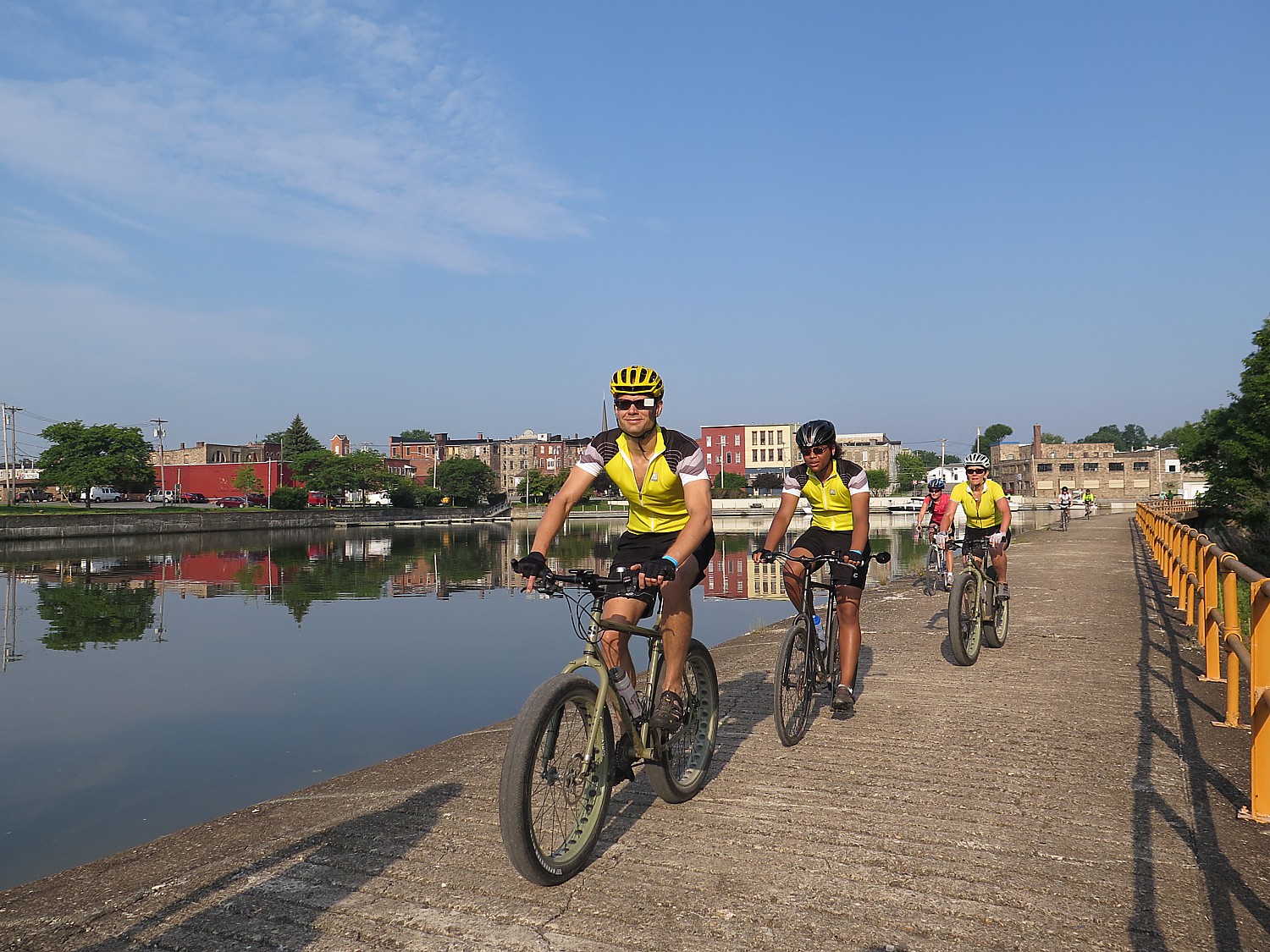
New York State Office of Parks, Recreation and Historic Preservation is accepting new camping reservations for this season. Campers are reminded to practice social distancing, bring and wear a face covering, respect the rules, and do their part to keep the campgrounds, parks and beaches open and safe for everyone. Camping capacity is limited and visitors must make an advance reservation before arriving at a campground.
New reservations are being accepted for all available sites – including tents, trailers, RVs, cabins, yurts and cottages. Reservations can be made in advance by calling toll free 1-800-456-CAMP or http://newyorkstateparks.reserveamerica.com. Online reservations are recommended.
State Park Police and operations staff are patrolling campgrounds to ensure compliance with social distancing and crowd control measures. Anyone who does not adhere to this guidance will be requested to leave the facility, and will not receive a refund.
Upon check-in, campers will be asked a series of screening questions to determine if they may have been in contact with anyone suffering from Covid-19, or if they have any potential symptoms of Covid-19, including fever or respiratory illness. People who may be at risk will not be permitted to camp.
Campground density reduction and social distancing measures will be in effect, including:
- No walk-up reservations are allowed.
- Each congregate restroom facility will be opened and cleaned per DOH protocols.
- Rest rooms and shower buildings may have reduced capacity and may be closed periodically for cleaning.
- Campground gatherings are limited to immediate household members only.
- Campground events and programs have been suspended.
- Park Social Distancing Ambassadors monitor campgrounds, picnic areas, beachfronts, lawns, boardwalks and other areas to ensure park guidelines are being met.
- COVID related signage has been installed throughout the park system.
For a listing of campgrounds operated by the Office of Parks, Recreation and Historic Preservation, visit https://parks.ny.gov/camping/. Campgrounds in the Adirondack and Catskill Parks overseen by the Department of Environmental Conservation operate on a different schedule.
Beaches and day-use areas
New York State Parks’ beaches and day-use areas are open for visitation across the state. In alignment with NY Forward, State Park beaches, day-use areas and historic sites are charging the normal entrance fee (between $6-$10). For information, visit: https://forward.ny.gov/. Entrance fees may apply beginning Saturday, June 6.
Visitors can purchase a 2020 Season Empire Pass for unlimited day-use entry. Available for $80, the 2020 Season Empire Pass is a wallet-sized card that can be shared within a household and not assigned to a specific vehicle. For more details, visit: https://parks.ny.gov/admission/empire-passport/default.aspx
Visiting State Parks during the public health crisis
To encourage physical social distancing at popular parks, beaches, trailheads, and scenic areas, several restrictions are in effect, including reduced access on high visitation days
State Parks encourage visitors to State Parks, State Lands, and other parks to:
- Visit in small groups limited to immediate household members.
- Maintain distance from others while in places where people tend to congregate, such as parking lots, trailheads, and scenic overlooks.
- Bring and wear a face covering when social distancing cannot be maintained.
- Face coverings are required to be worn anytime you enter a rest room or park office.
- Avoid games and activities that require close contact, such as basketball, football, or soccer.
- Avoid playground equipment like slides and swings and other frequently touched surfaces.
- Do not share equipment, such as bicycles, helmets, balls, or Frisbees.
- If you arrive at a park and crowds are forming, choose a different park, a different trail, or return another time/day to visit; and
- If parking lots are full, please do not park along roadsides or other undesignated areas. To protect your safety and that of others, please choose a different area to visit, or return another time or day when parking is available.
For information and guidance on visiting New York State Parks during the Covid-19 public health crisis, visit: https://parks.ny.gov/covid19/
See also:
For more travel features, visit:
goingplacesnearandfar.wordpress.com
www.huffingtonpost.com/author/karen-rubin
travelwritersmagazine.com/TravelFeaturesSyndicate/
goingplacesfarandnear.tumblr.com/
instagram.com/going_places_far_and_near/
‘Like’ us on facebook.com/NewsPhotoFeatures
Twitter: @TravelFeatures













